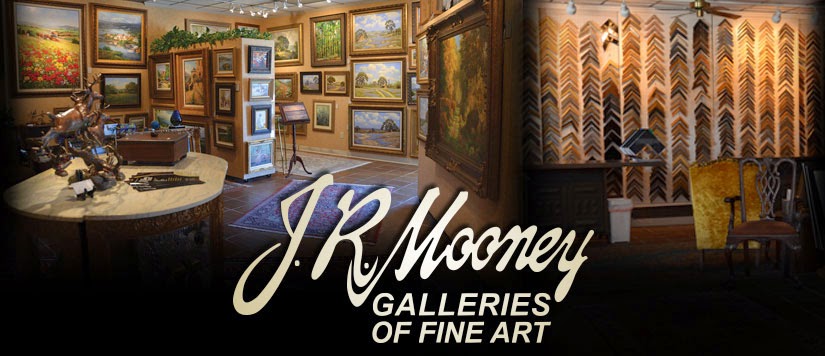-Gabriel Diego Delgado
Let’s take a look at these
often overlooked and sometimes ordinary oval openings of fine art, and how they
work as compositional elements in impressionistic painting.
Golden Arches dot the super highway of
pop culture; the iconic name stay of over 500 million served.
A
far reaching structure that reminds us of a nostalgic time of childhood
innocence when we knew our metabolism would allow us to indulge in the sweet
satisfaction of fast food feasting; complete with toy or Coca-Cola.
Regressing even further, let’s look to an era of timeless
fine art exploration and the portrayals of the curved architectural feature of
arches in a time-honored tradition of impressionistic painting.
“Arches appeared as early as
the 2nd millennium BC in Mesopotamia”, says the trusted
sources at Wikipedia. Now, with that
said, artists have been painting, drawing, and illustrating these profound
architectural accents for well over…..humm…….let’s call it a long time -- with
possible pictorial depictions early in our art history timelines of the ornate
carvings and reliefs of The Arch of Titus, a 1st-century arch located in Rome.
With architectural expressions not
spoken much in painting, artists seem reluctant to render a precise depiction
of these structures, leaving the intention to trained architects, graphic
designers, and the like who will work to get exactness vs. creative painterly
expression.
But, every so often, artists will use
such building constructions to emphasis the gateway as visual guides to planar
differences; seeing through to the distant background, a hidden recluse, or a
concealed gem -- an entry to the unknown.
In Erich Paulsen’s Summer Sails painting,
the arch is slightly off center for it to be the focal point, but none-the-less,
it plays a role as a major component in the composition. We are able to look out beyond the villas and
see the cerulean blue ocean, the port that awaits us; an inviting blue allure. Although
his palette knife gestures add an impasto quality to the painting, his strokes illustrating
the water change direction to a horizontal motion, mimicking the horizontal
land-bridge and archway, its top level brown constructs; reinforcing the brown
tiled roofs of the adjacent buildings.
.jpg)
In James F. Yi’s garden delight titled Summer
Paradise, competing arches duel for attention. Closer examination
reveals a tiered arch doorway shares a common side with another optical curve --
one that does not stop at a dead-end, but a more generalized easement to
freedom -- to the wide open world along the ever expanding ocean waves, a
current to take you away. Overall, Summer Paradise really is a play on
dichotomies, on one hand a blocked
direction with a close door, an entry unrevealed; the other, a visual magnetism
drawing us out.
.jpg)
Koster’s Night City evokes a more sinister
evocation, a trembling sensibility of some sort of impending doom. The overcast heavens bear down on us with
god-like fury, a blackened sky that covers the cityscape in an ashy haze. Snow-covered rooftops and barren trees
suggest a frigid climate, but the waterways are unfrozen, allowing safe passage
of the passing boats. The arches in Night
City are like a trifecta of hollow, barren and utilitarian tunnels leading
the way to a banal canal. All three are
marked with a horizontal hint of white snow, a three level color scheme that
rises from black, to white to grey -- a repeated color palette of the artist’s
choice.
.jpg)
Robbins’ Flowers, Music and Waves is a
colorful bounty of floral arrangements, household furniture, and a musical
instrument. The piano is centered in the composition, with two arches on either
side that make for a pseudo facial expression. Blue water as eyes and seaport
as sockets; then you begin to play Dali-esque surrealism games to determine
carpet as mouth and piano as nose. The point being these arches are
symmetrically balanced with a full on view of the outside, providing a solid
anchor to the overly hyped inside cluster of color. The arches propose the possibilities of such
inviting Mediterranean weather.
Arches are, and can be, fully functional compositional features
that do two main jobs: they can act as an anchor to all compositional elements
within the picture, and as portals that draw your eye beyond the foreground
boundaries. Yes, the aspirations of arches; growing up to serve over 500
million in museums and galleries, not just along the highway.
All the paintings are available for sale at J.R. Mooney Galleries of Fine Art
www.jrmooneygalleries.com









.jpg)
.jpg)
.jpg)
.jpg)
.jpg)
.jpg)
.jpg)
.jpg)
.jpg)
.jpg)


.jpg)


















.jpg)
.jpg)
.jpg)

















